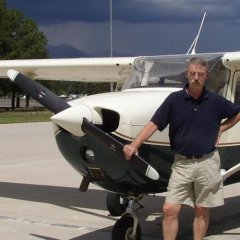
Sign in to follow this
Followers
0

string question
By
phjvh, in FSX/FSX-SE Aircraft and Panel Design Forum - How To


By
phjvh, in FSX/FSX-SE Aircraft and Panel Design Forum - How To